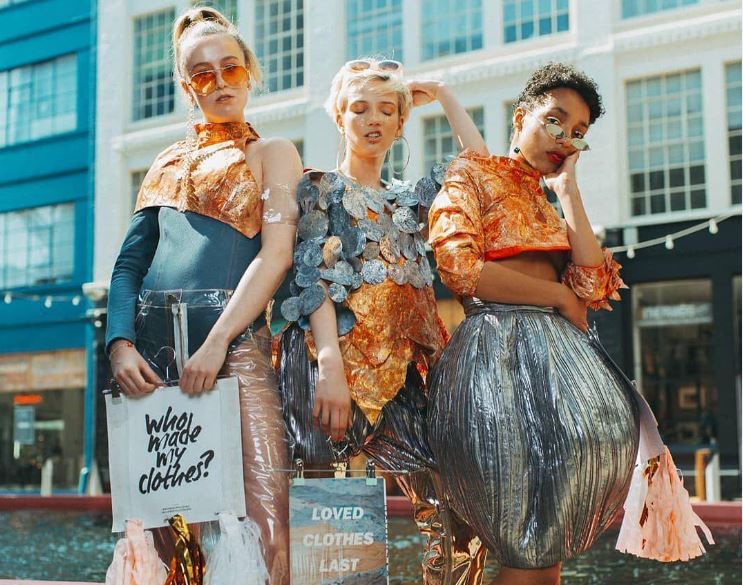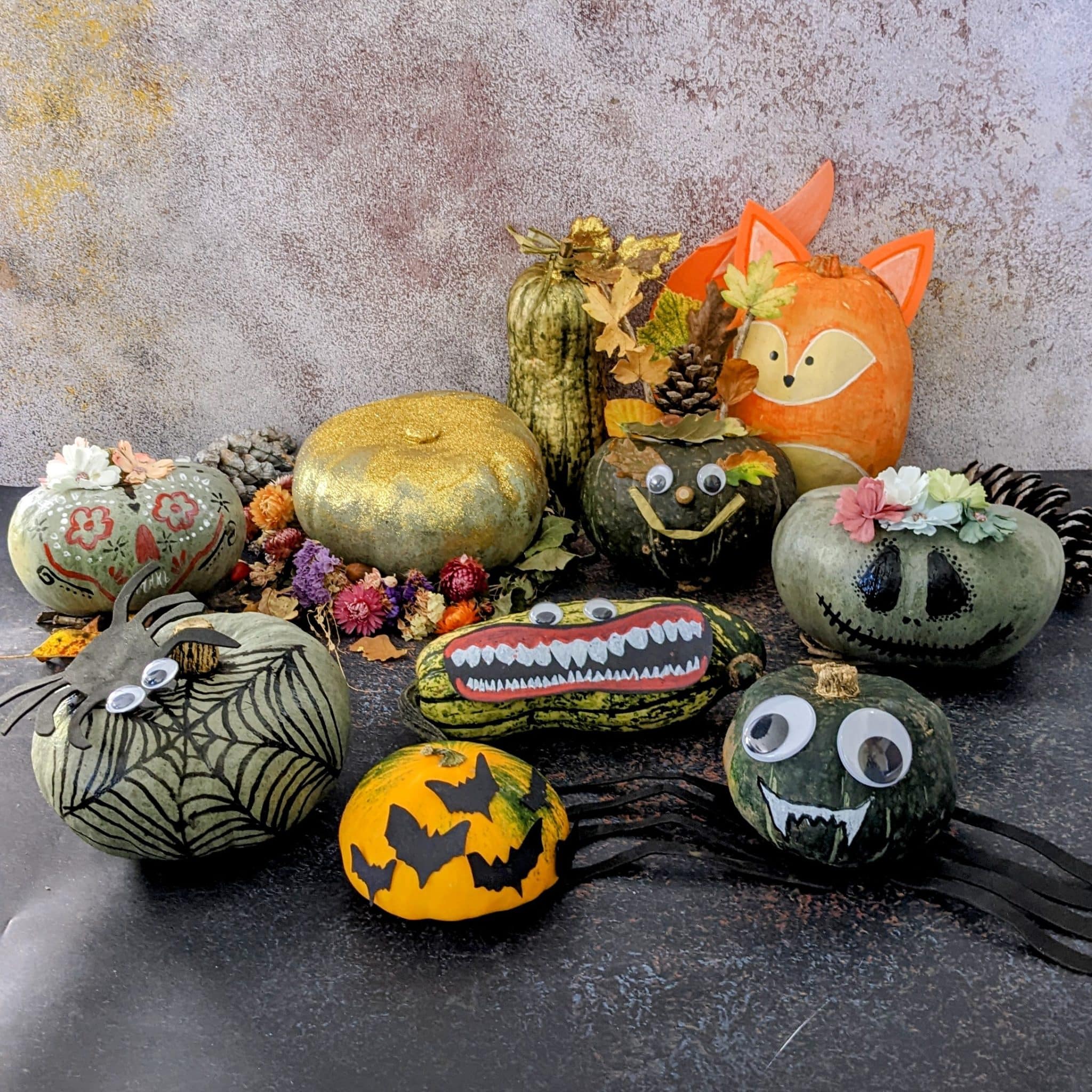Five years ago, I wouldn’t have thought twice about the impact my wardrobe was having on the environment, and little would I have let it stop me from buying something new. In fact, only when I started researching did I realise exactly how much of an impact our wardrobes have, which quickly resulted in 2018 being my year off from buying new clothes.
If, like me, expressing yourself through what you wear is what you do, but you like the idea of environmental responsibility even more, here are a few tips for doing both:
1. Re-wear

Wear the clothes you already own over and over again and don’t be scared of a #repeatOOTD (repeat outfit of the day). Environmentalist and writer Lucy Siegle goes by the mantra of giving a piece a minimum of 30 wears, and if buying something new, ask yourself if you will wear it 30 times. If not, consider if it’s really something you should buy, even if the price is unbelievably cheap (just think how much the people who made it were paid).
2. Make and repair

A hole, a missing button or a broken zip doesn’t mean the end of a piece. The art of sewing is not lost yet and it’s never too late to learn. Repairs don’t have to blend in – take inspiration from the Japanese philosophy of wabi-sabi and make a feature out of it, and don’t worry about keeping it neat. Don’t forget, tailors still exist and are always there as a back-up if you don’t have time to DIY.
3. Buy second hand or attend a clothes swap
You might love clothes, like them, or at the very least, wear them. Buying from charity shops is a good option for unwanted clothes, and you can often find hidden gems, but there are also other options. Clothes swaps are growing evermore popular and you can find advice to host your own on many websites such as getswishing.com, or simply swap with your friends and family. Online selling communities such as the Depop app and Vestiaire Collective also offer ways to find (and sell) unique second hand and vintage pieces without leaving the house.
4. Think about the materials and beware of greenwashing

You’re likely to find a whole host of fabrics in your wardrobe and it’s tricky to work out what’s best. This section is worthy of its own article, but generally speaking natural fabrics are better than manmade polyester, which is made from plastic fibres. The problem with polyester garments is that every time we wash them, we release microplastic fibres into the water system. For any polyester items you already own, try washing them less, and use the Guppyfriend washing bag to reduce the leaking of microfibres. Be careful of ‘greenwashing’ and clothing brands that are turning recycled plastic bottles into fibres. Unfortunately this is not as great as it sounds – it creates the same microplastic-releasing problem as polyester, and if it continues to gain popularity, could even start making the problem worse.
5. If you have to buy new, take your time and do the research

It’s difficult not to buy anything new, especially for things like underwear. But it’s also good to encourage new and existing brands, as well as independent designers, to find creative ways of tackling the problem and take responsibility. Just a few examples are Maison Cleo, a French mother and daughter duo using a traditional made-to-order model, using only leftover natural fabrics to create limited edition styles. Zero Waste Daniel is another example, a designer who pieces together cutting-floor offcuts to create unique patterns.
Nicola Bradley is a co-owner at organic veg box company Riverford, where she works as a web designer. She has always loved clothes, and became particularly interested in sustainability within textiles and fashion while researching leather alternatives for her dissertation at Goldsmiths University. She committed to a 2018 without buying new clothes and has documented her journey on Instagram at Another Wears.















Great tips -look forward to reading more articles like this !
It is so frustrating trying to buy clothing online and having to search for what materials things are made from. I think sellers should be required by law to list what goes into their fabrics, the same as food manufacturers do now.
Good stuff. Positive News has an article on this in their latest issue, too. We all need to become aware of what we’re throwing away – and of taking back used clothes wearing the caveat, ‘It’s been recycled’. Not necessarily so; not if it means the old problems under a new guise.
Are there places like Maison Cleo and ZWD in the UK?
Christopher Raeburn is a London based designer repurposing old clothing into new, and People tree, founded by Safia Minney, make fair trade and organic clothing. Know the origin and the good on you app are also great ways to discover ethical fashion brands in the UK and from around the world.